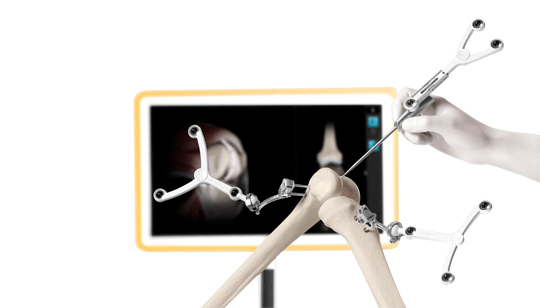Knee Fracture is a break in the knee, or kneecap, the small bone that sits at the front of your knee. Because the patella acts as a shield for your knee joint, it is vulnerable to fracture if you fall directly onto your knee or hit it against the dashboard in a vehicle collision. A patellar fracture is a serious injury that can make it difficult or even impossible to straighten your knee or walk.
Some simple Knee Fractures can be treated by wearing a cast or splint until the bone heals. In most patellar fractures, however, the pieces of bone move out of place when the injury occurs. For these more complicated fractures, surgery is needed to restore and stabilize the kneecap and allow for the return of function.
Types of Knee Fractures


Most Knee Fractures ar crosswise or comminuted, therefore the musculus quadriceps femoris mechanism is discontinuous and that they ar treated by a mix of wires in an exceedingly tension band construct. This unites the broken bones, reconstructing the straightening mechanism of the leg.
If the Knee is broken many places, that’s comminuted, then historically a patellectomy (removal of the full patella) is performed so as to reconstruct the extensor muscle mechanism and forestall the onset of associate degree extension lag at the genu, leading to instability. Some surgeons but would rather elect internal fixation. A partial patellectomy is removal of solely some of the patella, and will be disbursed if a minimum of hr of the patella are often maintained.
Open fractures of the patella need emergency treatment with irrigation, surgical process and fixation.
Complications could embrace injury to the shinbone, femur, or knee ligaments. within the long term, the knee might not regain full movement, pain could persist ANd there’s an enhanced chance of degenerative arthritis of the knee.If there’s AN associated open wound as in AN break, complications conjointly embrace risk of infection, inability of the broken bones to reunite and osteonecrosis.[
